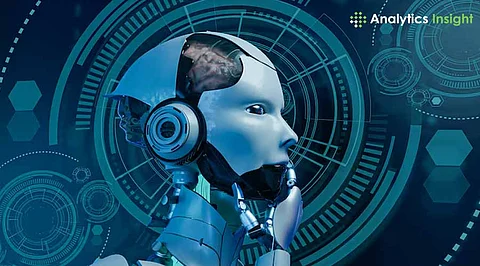

Entering 2025, generative AI will shape up to be a very radical change that will shift landscapes in a whole range of industries and lives altogether. This is a brief overview of some of the more important trends in generative AI likely to lead off the year, focusing on impacts and opportunities.
Hyper-personalization is the most visible trend of generative AI. Advanced algorithms and new language models allow AI to create very personal experiences based on preferences and behaviours that are typical for individuals. It is especially visible in areas like e-commerce, entertainment, or education - all the things that can involve a user through personalized recommendations and tailored content.
For instance, learning platforms use generative AI to come up with learning paths uniquely tailored to the progress and requirements of each learner. A similar example can be seen in streaming services that have been implementing AI to supply content recommendations based on viewers' habits, thus keeping a viewer glued and satisfied longer.
Conversational AI will transform customer service and support interfaces because it makes interaction more human-like and effective. Due to advances in NLP, AI virtual assistants and chatbots are also learning how complex it is to question and respond appropriately. The general nature of the customer experience will improve across verticals because of this trend.
According to Gartner, by 2028, conversational user interfaces, generative AI, and multilayered technologies will dominate customer service at scale. It will satisfy customers but also will minimize business operation costs.
Another trend is multi-modal AI, the ability of an AI to process and integrate information coming from various sources, text, images, and videos. With this capability, the AI can perform more complex tasks and provide richer responses with greater contextual awareness. Multi-modal AI applications include interactive education where AI can present verbal and visual content and advanced customer authentication in finance using facial and voice recognition.
By 2025, AI agents will refer to semi-autonomous generative AI systems. In turn, these agents are designed to perform multi-stage work in solitary environments and interact with more than one application for work completion as instructed. The application of AI agents might therefore be seen in the context of sales, as, AI agents automatically follow up on leads that the human agents would then focus their time on more strategic efforts.
More capable and autonomous AI agents that can do complex workflows are next in line from the evolution of "copilot" AIs.
Generative AI is going to play a double-edged role in cybersecurity-that is, it will assist both attackers and defenders alike. On the defence side, AI speeds up the threat detection period and responds to such threats and makes the task that a cybercriminal is facing an even greater problem because nowadays, cybercriminals can depend on AI to devise more sophisticated forms of attacks thus creating much more sophisticated security solutions driven by AI and require much attention from cybersecurity experts.
Generative AI can be considered to play an important role in the research process, accelerating the way to discoveries and inventions. Generative AI models are built to scan massive databases, look for patterns in them, and generate new theories, which, at any speed, quickens the entire scientific research process as a whole. It's highly impactful in drug discovery.
This increase is expected to spread around the world, meaning growing ethical and regulatory issues connected to AI. Governments and institutions have great expectations of tough laws for the proper regulation of the application of AI. The concerns include matters on data privacy, issues concerning the bias of an algorithm, and the overall mishandling of AI.
The AI landscape around the globe will be diversified as laws relating to AI are dissimilar for different nations and regions will have stringent norms compared to others. Therefore, corporations would need to be wary of navigating through varied regulatory climates and fail the compliance check at their own risk at the expense of the people's trust.
Indeed, this is a revolution that comes with generative AI because it allows one to produce novel and innovative designs. In architecture, AI-generated fashion, and product designs can create new designs subject to specific parameters and restrictions to enhance their creativity. This will usher in more efficient and inventive design processes and unique as well as customized products.
According to trends in generative AI for 2025, further spreading of these technologies is to be expected in many spheres of everyday life. Hyper-personalization and conversational AI, multi-modal capabilities and AI agents, and generative AI are going to enable tremendous innovation and unlock possibilities. At the same time, rapid innovation increases significant challenges related to cybersecurity as well as ethical aspects. Further development in generative AI, as we enter 2025, will clearly define what may well be supposed about the future of technology and how it goes about ruling society.
